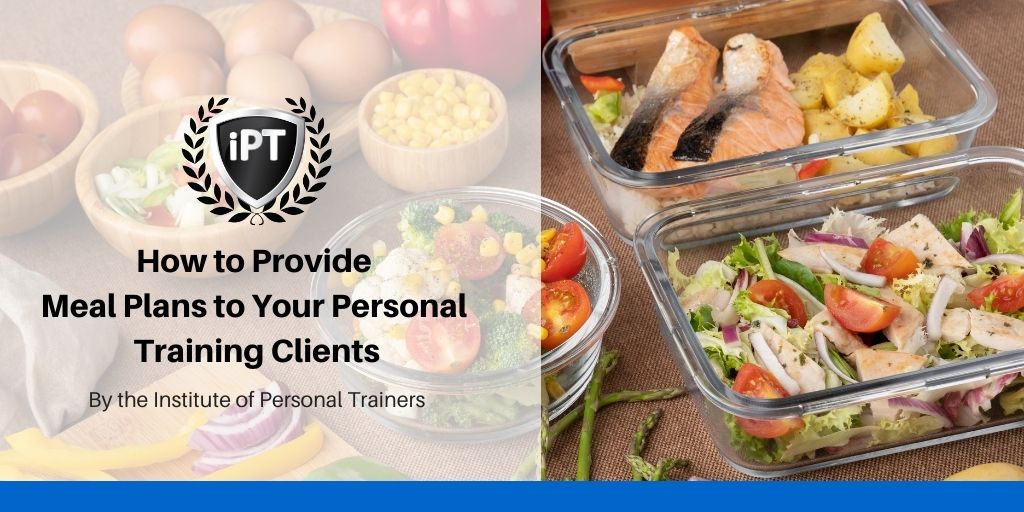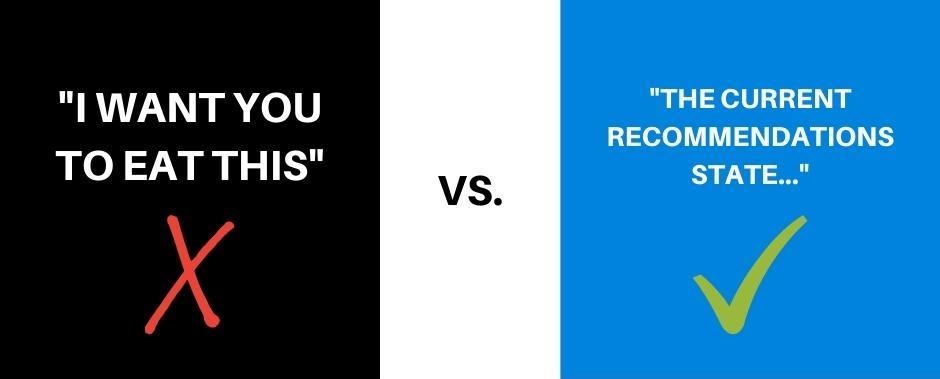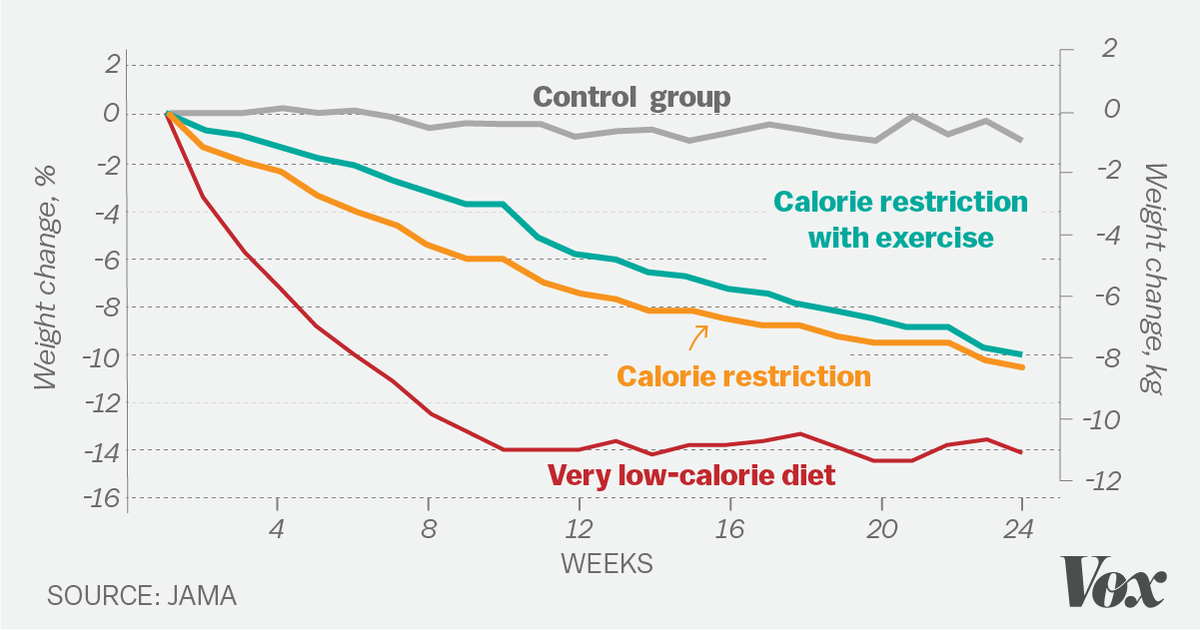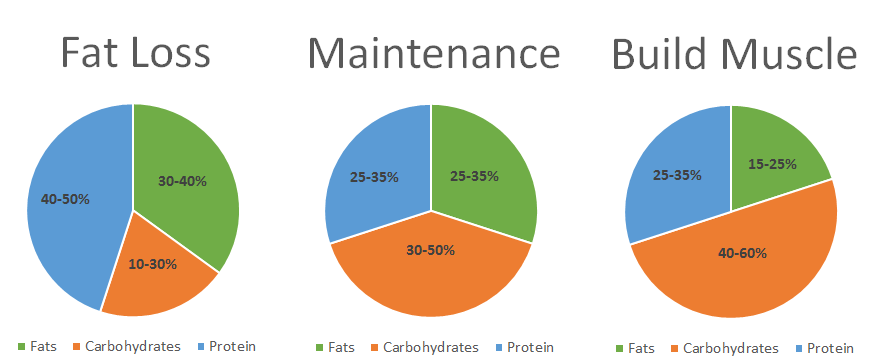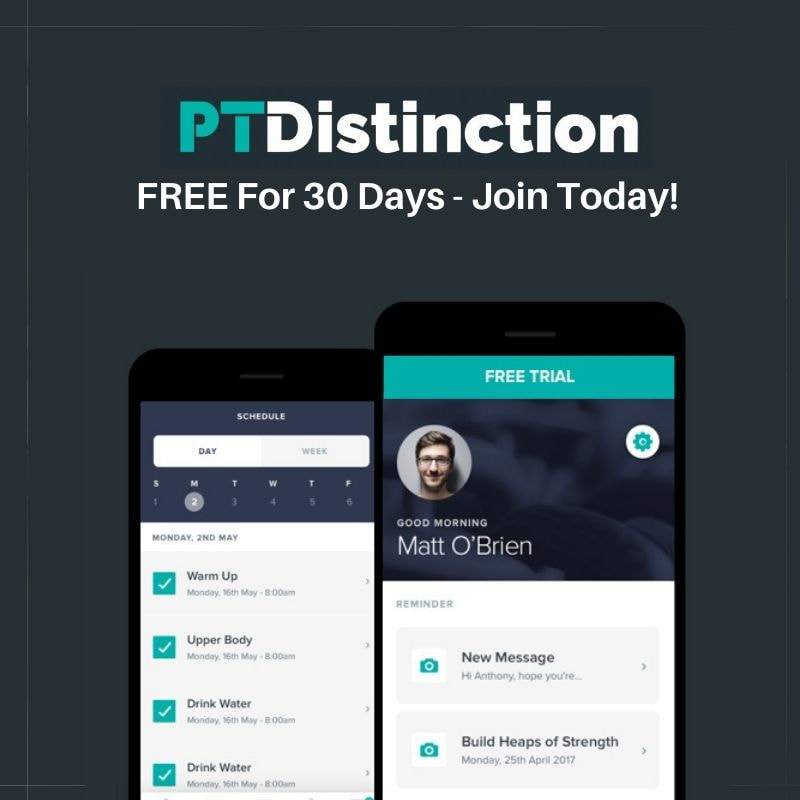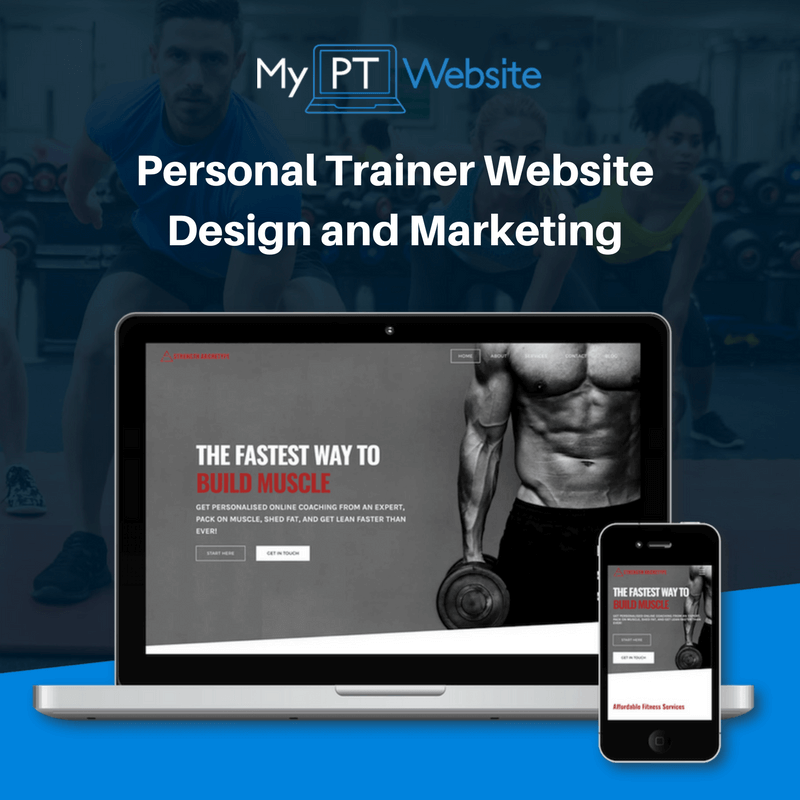|
FREE GUIDE: HOW TO LAUNCH AN ONLINE PERSONAL TRAINING BUSINESS
IN JUST 7 DAYS
✓ The new, better way of launching an online business
✓ The fastest way to create in irresistible offer ✓ A simple system to sell to clients who are interested |
|
Did you know that one in every three Americans was never educated on healthy eating? This makes sense considering that less than 3% of Americans live a healthy lifestyle. As a personal trainer, this is probably common knowledge, but it also gives you more opportunities to change lives and make an impact. If you're looking to create a personal trainer meal plan for clients, you likely have many questions. When should you create a meal plan for fitness enthusiasts? How and why should you consider adding this to your list of services? Read on to answer these questions and learn how to get started with giving meal planning advice. Can Personal Trainers Give Meal Plans? Personal trainers can give meal plans, though not without certain specifications. Most personal trainers have in-depth knowledge of food, nutrients, and healthy meal planning. Some personal trainers may even be registered, qualified, and licensed to prescribe meal plans and medical advice. If this describes you, you can do whatever you like. However, unless you have medical training, you might wind up prescribing your patients a diet that lacks certain nutrients that they individually need. This is even true if you are educated on nutrition and food. Therefore, a personal trainer shouldn't tell people what they 'must' eat or enforce any rules - it all should fall under the realm of 'advice.' Nutrition is extremely complex and requires a lot of thought to understand people's needs. If you don't have this medical knowledge and training, you might wind up accidentally hurting someone's health. This isn't just poor practice that could hurt your reputation but might leave you susceptible to lawsuits. If you do not have these qualifications, you can still work with clients to create meal plans. Just be careful to explain (in person and on paper) that the meal plan guidelines are simply suggestions. They aren't expert-crafted medically-licensed meal plans. When to Give Clients Meal Planning Advice The answer to this question profoundly depends on the client and your relationship with them. Generally, personal trainers will ask for additional payment from clients that want meal plans (as opposed to those who only want other services). This ensures that you will be compensated for your services. It also means that you only are giving nutrition plans to those who actively want them. You won't need to worry about overstepping boundaries with unsolicited advice. Also, note that you should never create a meal plan before talking to the client. Ask them about their fitness goals, budget, available time for food preparation, lifestyle, motivations, and allergies. These inquiries will help you develop a food plan that works best for the client. Types of Meal Plans There are three basic types of meal plans: calorie-based plans, macro diets, and those based on portion sizes. Calorie Counting Calorie-based meal plans tell clients how much to eat based on their calorie intake.It's one of the most popular methods because it works, even without exercise. While low-calorie diets are popular among those trying to lose weight, they are not the best choice for everyone. The goal should be to encourage the client to eat a healthy amount of calories to promote overall wellness and an active lifestyle. Learn more about the client before prescribing a calorie plan. Age, height, weight, gender, BMI, and activity level are important considerations when coming up with such a plan. Like all meal plans, ask the client about their fitness goals before advising them - someone who wants to lose weight will need different advice than another person who wants to put on muscle mass. Macronutrient Plan Macro-based diets do not solely count calories but also help clients balance their macronutrient intake. These plans organize foods into macronutrients: protein, fats, and carbs. They count macronutrients to ensure that your clients get enough of each type of calorie rather than simply achieving a specific calorie count. This is generally the ideal diet option for the general public since it gives clients more flexibility to eat the foods they love. It also ensures that clients understand what foods they need to eat to stay healthy. Calories from white rice are nowhere near the same as calories from poultry, and it's important to acknowledge that. Portion Control Finally, diets that take portion size into account work for those looking to plan and prepare individual meals. They help clients spread macros throughout the day to get even nutrition at all hours. This keeps their bodies energetic at all hours and aids with consistent digestion. The main difference between counting calories and choosing a different way of controlling portion size is that it gives people an additional option to learn about food intake. While initially, the calorie-based plan might provide a chance for clients to learn about the calorie content of different foods, once they're confident, they can learn other ways to control portion sizes as well. How to Create a Meal Plan for Clients As we briefly touched on earlier, the first step towards creating a meal plan for clients is an assessment. Ask questions such as:
This will give you an idea of what you are looking to accomplish. 1. Create the Plan You then can create a realistic meal plan that takes the client's needs and goals into account. It's at this point that you'll decide which of the three types of meal plans you want to implement. Use a planning strategy that will best work for your client. Make a monthly template that has meal and snack options. Your client can slot any of these meals into each day, which will give them some flexibility. Choosing from a list means that they will be more easily able to select foods they're in the mood for on a given day. They will then feel less daunted by the meal plan. 2. Provide Ingredients Lists and Recipes Your clients will likely be making some difficult changes to their lifestyle to accommodate your meal plan. This is hard to do and can be overwhelming if they need to create and implement new recipes. You can make the process smoother by giving them shopping lists for each week and some delicious recipes that they can try to make with those ingredients. 3. Encourage Weekly Prep Life is busy, and your clients probably won't have time to prepare healthy meals every day of the week. You can encourage them to cook their meals once a week when they have time off. Let them know what will remain edible for more extended periods and discuss which foods can be frozen and eaten later. 4. Continuously Evaluate and Adjust Since you likely will be working with the same clients in the long term, you're going to need to assess their meal plans regularly. Evaluate their progress towards their goal and develop more effective strategies based on their progress. Check in to see whether the meal plan is realistic for them to follow ad tweak it if they struggle. How Much Should You Charge For Meal Plans? The sum that you charge for meal planning services is a personal choice. If you are licensed to prescribe meal plans and have appropriate medical training, $80-$100 might be a fair pricing range for your services. If you're a personal trainer providing unlicensed advice, you may only want to charge $40-$60. You can also charge those who invest in other services less than those who only want meal plans. If someone is already working on an exercising regimen with you, offer them a 10-20% discount on meal planning services. This will encourage people to work with you for multiple fitness-related reasons at once. Meal Planning Tips for Personal Trainers Finally, consider these meal planning tips for trainers:
When you follow these tips, you and your clients will have a much easier time sticking to the meal plans that you set together. Wrapping Up Giving nutrition advice may sound like a challenging next step for many personal trainers. However, giving meal plan advice can help you take your fitness coaching to the next level. Potential clients will see that you offer well-rounded services and have high expertise, so they will likely choose your brand over competitors.
At the Institute of Personal Trainers, we're committed to helping you grow your business presence and attract fitness-minded individuals. That's why we're excited to help you come up with a custom plan for your fitness business. Contact our experts with any remaining questions on creating a personal trainer meal plan and discuss how to market your services to potential clients. |
Our All In One Platform
Check out out all in one business & marketing platform for personal trainers!
WEBSITE BUILDER | FUNNELS |MEMBERSHIPS | SCHEDULING| EMAIL MARKETING| PAYMENTS| CRM | AI ASSISTANT | SURVEYS
Popular Articles
Trusted Partners
We work closely with some of the best service providers in the fitness industry.
Categories
All
|


